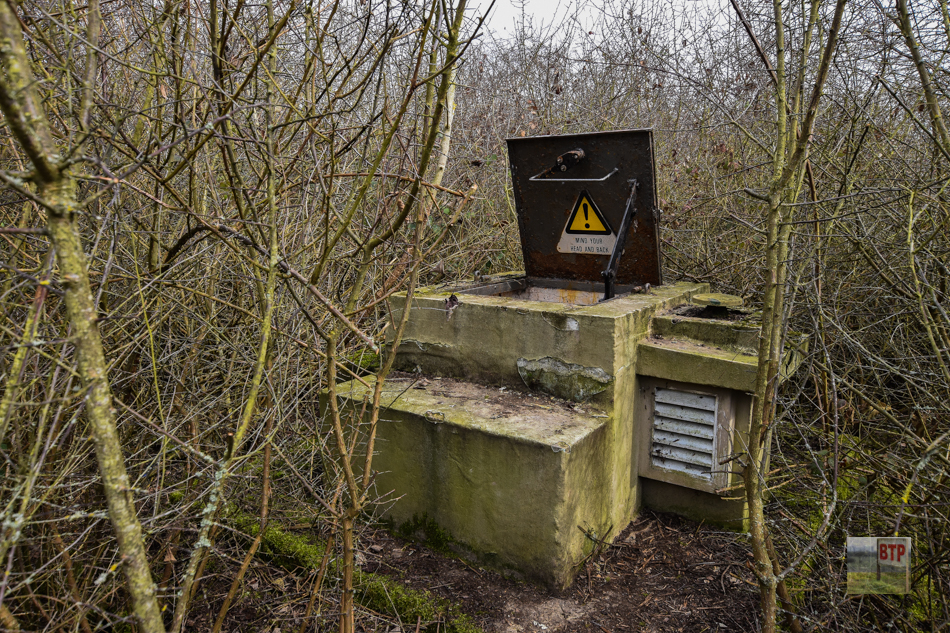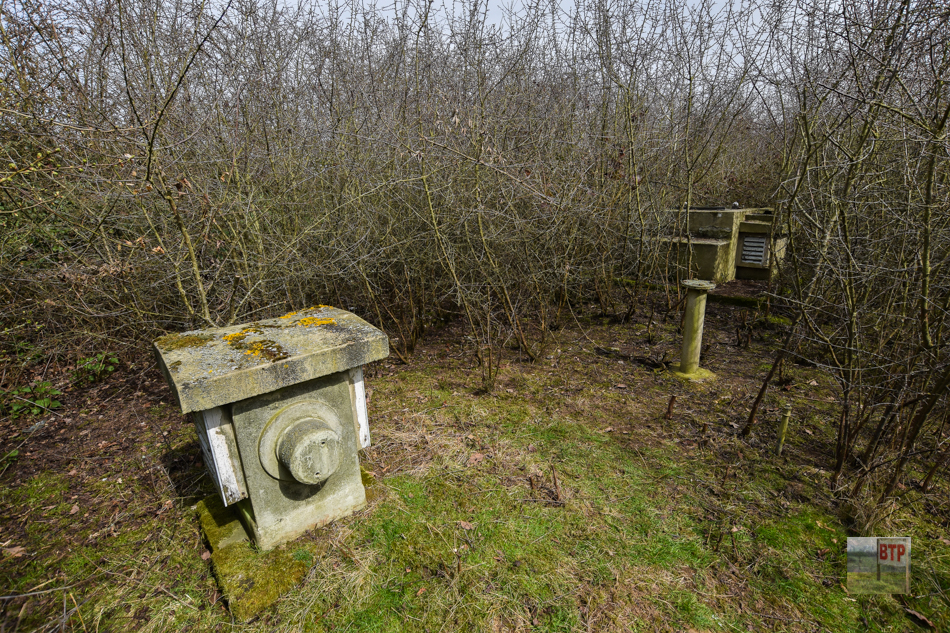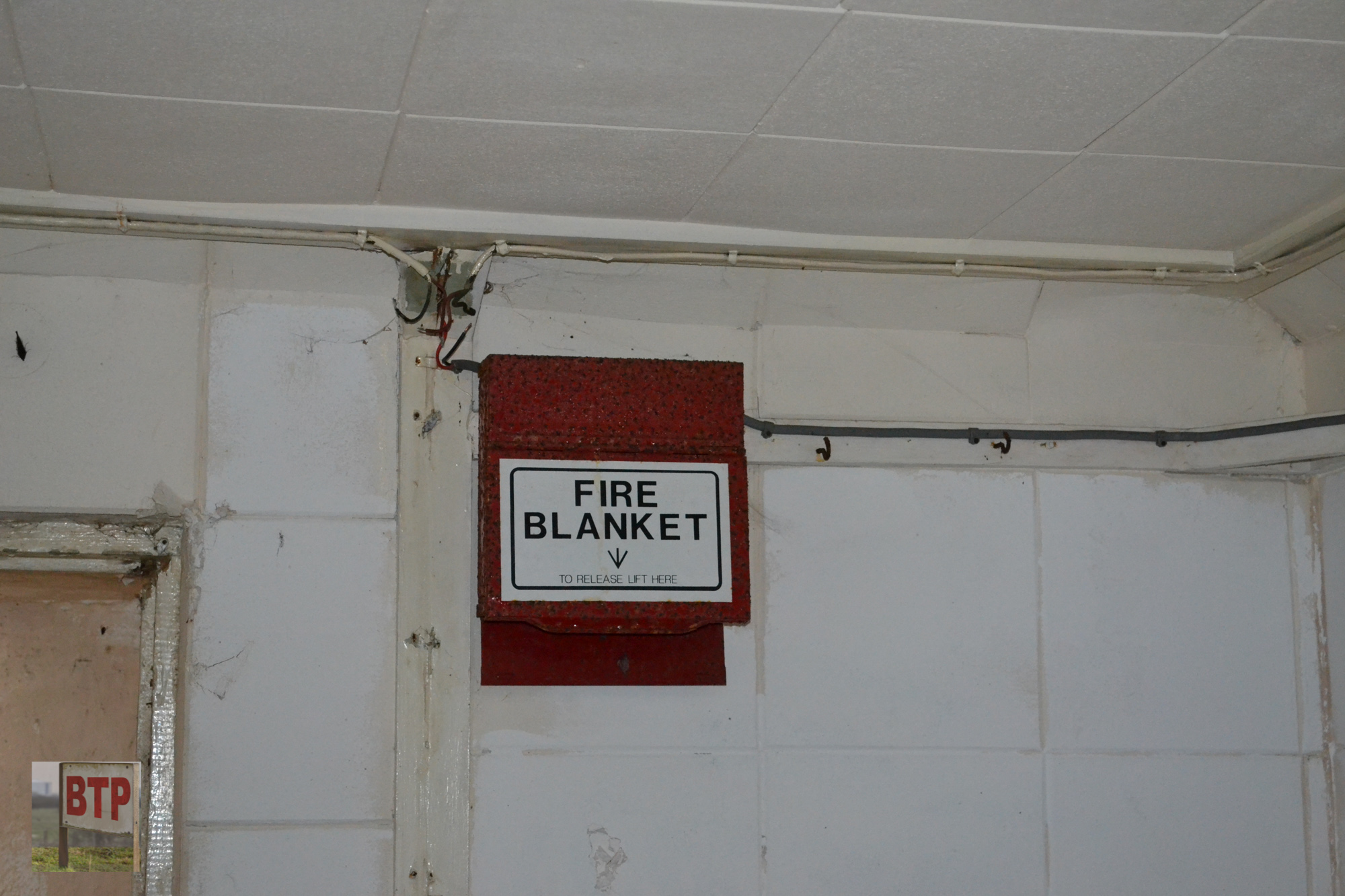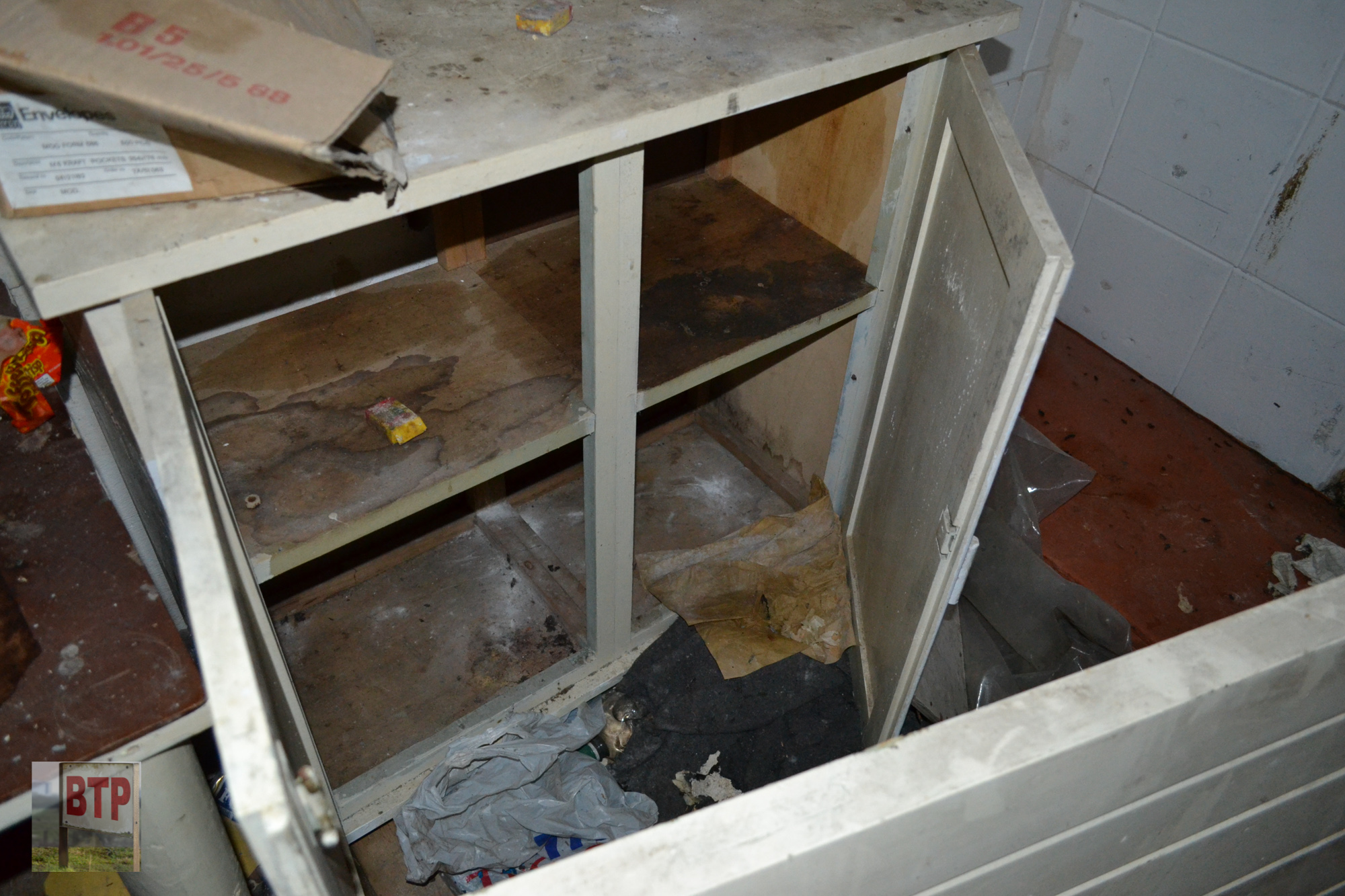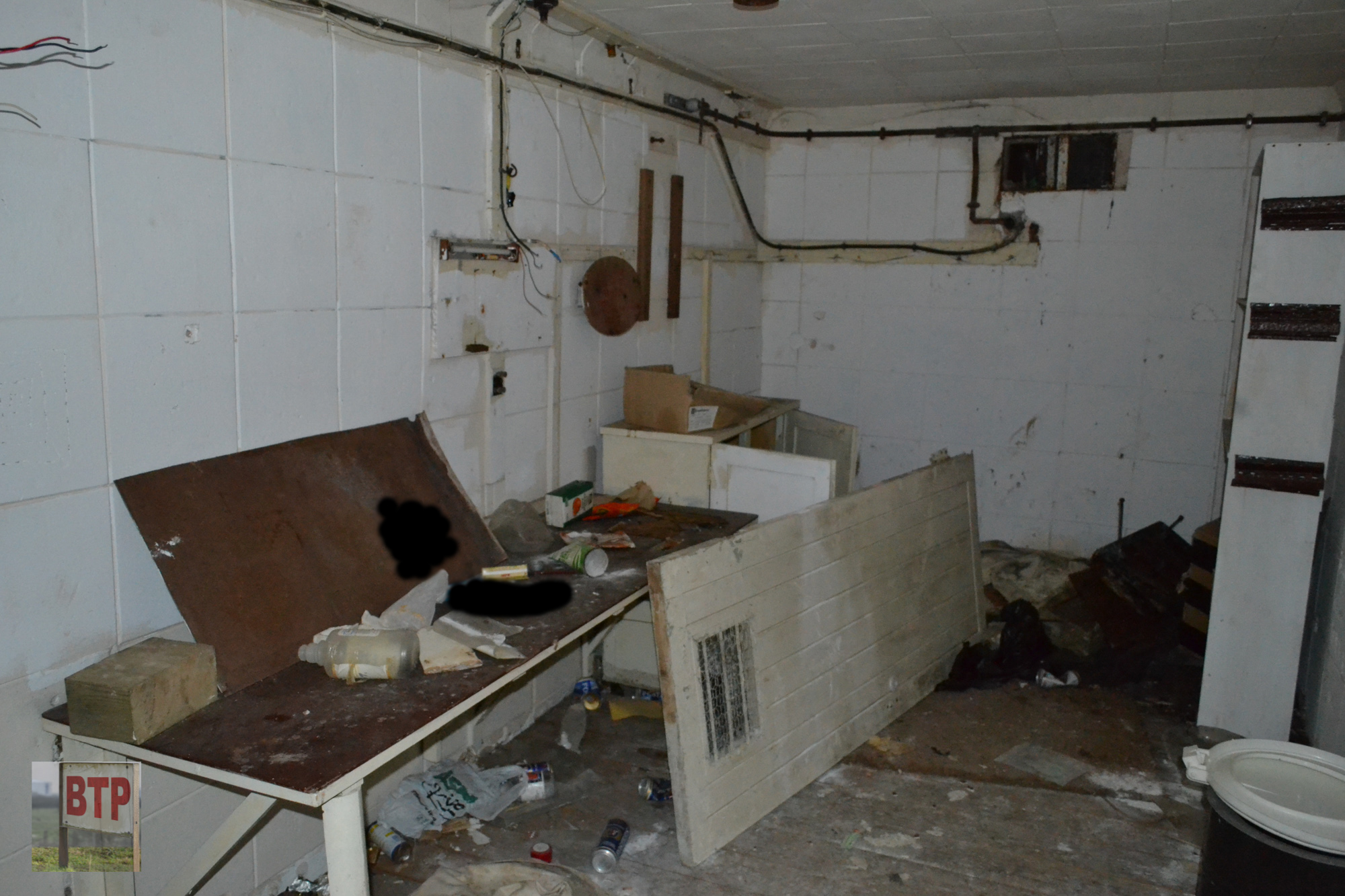Over a thousand nuclear observation posts were built after the Second World War, but what actually are they? Royal Observer Corps (ROC) Monitoring Posts were underground monitoring stations built for volunteers to monitor the effects of a nuclear blast. The first prototype was built in Surrey in 1956 and was used for a trial to see how effective they were to operate and live in. With only a few tweaks to the ventilation shaft needed, the Government gave the order for hundreds to be built.
The Royal Observer Corps was a civil defence organisation, made up of civilian volunteers. Established in 1925, the ROC were under the control of the RAF Strike Command – responsible for the UK’s bomber and fighter aircraft. After WW2 the Government decided that the main threat was that of a nuclear bomb. In 1957, the United Kingdom Warning and Monitoring Organisation (UKWMO) was established to provide information to civilians and the military. The ROC would provide specific data about a nuclear blast, including the position and magnitude. Information from the ROC, UKWMO and Met Office would be used to produce a forecast of radioactive fallout. This ‘fallout’ would be monitored as and where it occurred, with its actual location measured from ROC posts. The ROC were expected to remain inside an ROC post for between 7 and 20 days after a nuclear blast.
Between 1958 and 1968 a large-scale construction scheme started which saw 1,563 underground monitoring posts built across England, Scotland, Wales and Northern Ireland, approximately eight miles apart. They cost between £1,000 and £8,000 each. 28 feet below the surface, a reinforced concrete building was cast and waterproofed before being covered in soil. The roof alone is said to have been 7 inches thick. The entrance consisted of a ladder in a shaft, leading to one small room where three observers would live and work. There was one small additional room for a toilet and chemical closet – hardly an en suite. Air was circulated from ventilators at both ends of the post (visible from the surface) and electricity was supplied by a 12 volt battery. The living and working conditions were described as cramped, cold, and damp.
ROC centres (not posts) were renamed as Controls and provided with bomb proof nuclear protected buildings. There were sometimes converted from existing Second World War operation rooms. Controls provided living and operational accommodation for up to a hundred observers and UKWMO warning teams and included dormitories, kitchens, life support systems, decontamination facilities and a communications centre.
Almost half of the posts were closed in 1968 during a reorganisation of the ROC with the remaining closing one by one over the next 40 years, due to various problems from vandalism to flooding. The final posts were closed in 1991 when the majority of the ROC were stood down following the break-up of the Communist Bloc. Most of the posts were demolished (either knocked down or more easily filled with concrete or other waste) and some were left derelict or adapted for other uses.
What would have been the closest ROC post to you? Take a look here!
Construction pics – http://www.roc-heritage.co.uk/underground-posts.html
Refurb pics – http://www.subterraneanhistory.co.uk/2006/11/cold-war-roc-bunkers.html


